Broken Bridges: LTSS integration with HMOs cannot succeed without addressing the funding gap which prevents transitions to community-based care settings.
Published in the National Association of Social Workers California newsletter (July 2017)
By Jason Bloome
The 2017–2018 California state budget enacted on June 30, 2017 ends the California Coordinated Care Initiative (CCI), a demonstration program in seven counties, which was found to be not cost effective. Despite its demise the state plans to continue many of CCI’s major components including Cal MediConnect, mandatory enrollment of dual-eligibles with Health Maintenance Organizations (HMOs) for Medi-Cal benefits and the integration of long-term care services (LTSS) (excluding IHSS) under managed care. In effect, the Governor proposed continuing CCI without the IHSS component (which will return to the previous cost sharing arrangement between county and state).[i]
A funding gap which prevented seniors with high-level care needs transitioning from home or skilled nursing facilities (SNFs) to community-based residential care facilities for the elderly (RCFEs) contributed to CCI’s cost inefficiency. CCI rate categories did not include RCFEs as a care option and misclassified beneficiaries who transferred to those settings as “Community-Well” or healthy. HMOs had no fiscal incentive to promote affordable community-based RCFEs vs. expensive SNFs when the low “Community-Well” rate failed to cover RCFE expenses.
The May 2017 research brief “The Impact of Cal MediConnect on Transitions from Institutional to Community-Based Settings”[ii] from the University of California, San Francisco and Berkeley describes a glaring problem with CCI rate tables:
Typically a beneficiary with high LTSS needs who moves from an institution to home would go from being categorized as “Institutional” to “HCBS High” or “HCBS Low.” But to qualify for the HCBS categories, the member must be receiving IHSS adult day health care (called CBAS), or MSSP. Beneficiaries who move into an RCFE are ineligible for IHSS. Thus, RCFE residents are categorized as “Community-Well” which affects the plans’ overall blended rate.[iii]
HMOs are also limited in using Care Plan Options (CPOs): flexible monies used by HMOs to pay for services that are not covered CCI benefits when these expenses are not included in templates the state uses to set rates.
The authors of the UC research brief recommend three possibilities for policy changes needed to incentivize HMOs to promote SNF diversion/transition to community-based care:
Possibility #1: Adjusting risk categories so that RCFE residents are either automatically categorized as “HCBS High,” or creating a new risk category for beneficiaries discharged to RCFE;
Possibility #2: Including CPO payments for RCFEs in medical loss ratios, so those expenses are taken into consideration when rates are set; or
Possibility #3: Including CMC beneficiaries in the Assisted Living Waiver (ALW) and increasing the cap, to help defer some of those costs to plans. [iv]
Possibilities #1 and #2 allow HMOs to devise their own SNF diversion/transition to RCFE programs, develop their own RCFE networks and allow them to manage the entire continuum of care (home-RCFE-SNF) for their beneficiaries. This fresh start has many advantages when compared to linking SNF diversion/transition to the problematic ALW program (Possibility #3). ALW has many intrinsic problems: long waitlists, limited providers, 90% of current participants reside in large 100+ bed assisted living settings with poor staff to resident ratios, it requires participants be in a SNF for at least 90 continuous days before qualifying for SNF transition and it disrupts the continuity of care (since ALW is managed by the state and not the HMO).
The 2017 LTSS report card by AARP/SCAN California estimates that at least 11,000 LTC residents in SNFs have low-level care needs. [v] Many, if given the choice, would choose to receive their care in RCFEs. Medi-Cal reimburses SNFs approximately $5,300/month. RCFEs cost approximately $2,500/month. For every 100 people who benefit from SNF transition to RCFEs the annual cost savings is approximately $3,600,000.
We expect good engineers to design structures without critical design flaws. Apply enough weight to a bridge without proper supports and it will break and collapse into rubble. CCI was defective at its core when rate categories forced seniors into expensive SNFs instead of allowing them the choice of receiving care in more affordable community-based RCFEs. Paying HMOs a sufficient rate which allow seniors in SNFs or at risk of premature institutionalization to transfer to RCFEs is sensible, cost efficient and necessary for state efforts to rebalance LTSS in the future.
Jason Bloome is owner of Carehomefinders, a placement service for care housing. For more about us see: www.carehomefinders.com or call 800-330-5993.
FOOTNOTES
[i] www.lao.ca.gov/Publications/Report/3585.
[ii]www.thescanfoundation.org/sites/default/files/the_impact_of_cal_mediconnect_on_transitions_from_institutional_to_community-based_settings_may_2017.pdf.
[iii] The blended capitated rate is the per person (capitated) rate paid to the HMO as determined by the number of beneficiaries in each rate category. CCI revaluated this rate on an annual basis.
[iv] Ibid.
[v]http://www.longtermscorecard.org/~/media/Microsite/State%20Fact%20Sheets/California%20Fact%20Sheet.pdf

